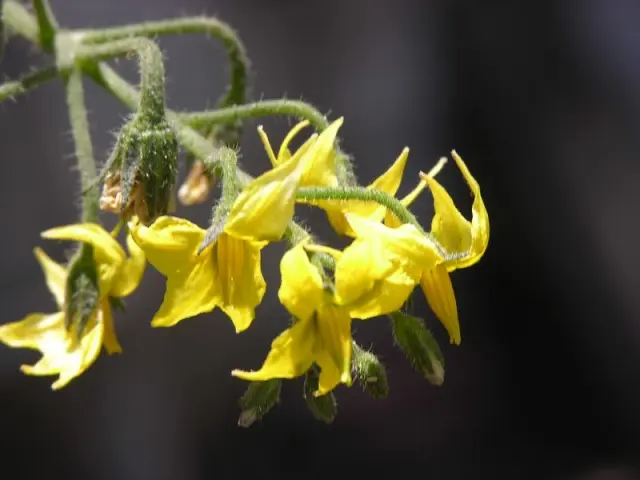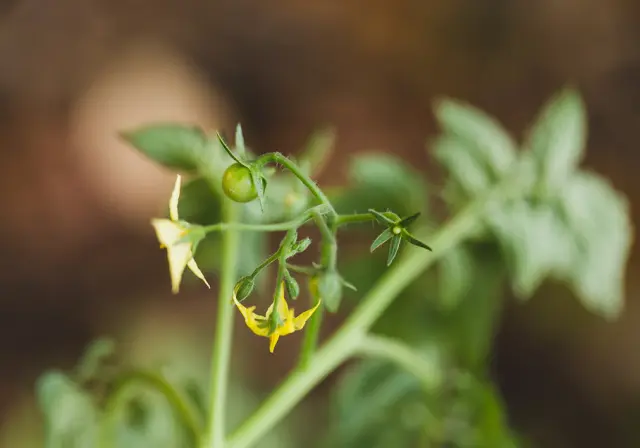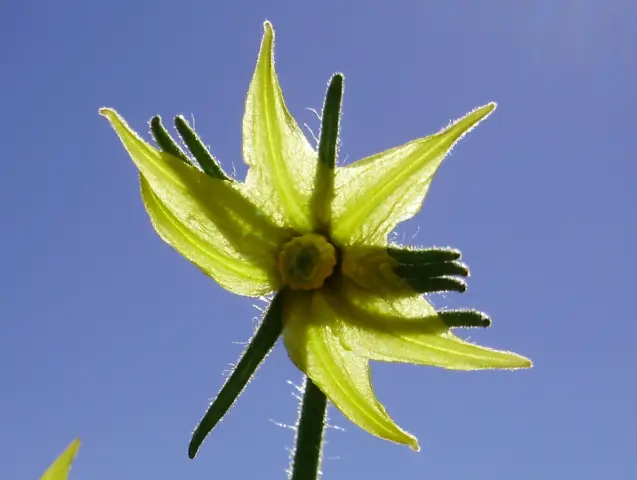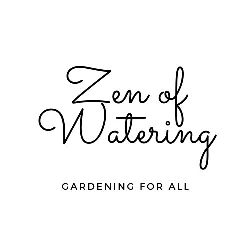Tomatoes are among the most popular and rewarding garden crops. Understanding the pollination process is key to ensuring a good yield. In this 1500-word article, we’ll explore how to determine if a tomato flower has been successfully pollinated and what steps you can take to encourage this vital process.
Understanding Tomato Pollination
Tomatoes are self-pollinating, meaning each flower contains both male and female parts. The male part (stamen) produces pollen, and the female part (pistil) receives it. For fruit to set, pollen must move from the stamen to the pistil within the same flower or between flowers on the same plant.
The Role of External Factors
While tomatoes can self-pollinate, external factors like wind and insects can enhance the process. Bees, particularly bumblebees, play a significant role in vibrating the flowers (buzz pollination), which releases pollen more effectively.
Signs of Successful Pollination

1. Flower Dropping
After successful pollination, the yellow flower typically wilts and drops off, making way for the fruit to develop. This is one of the most obvious signs that pollination has occurred.
2. Fruit Formation

If you notice a small green fruit developing at the base of where the flower was, it’s a clear indication that the flower was pollinated successfully.
3. Swollen Ovary

The base of the flower (the ovary) will begin to swell if pollination is successful. This swelling is the beginning of the tomato fruit formation.
MORE POSTS: How to grow pinto beans in a container
Factors Affecting Pollination
1. Temperature
Tomatoes prefer moderate temperatures for optimal pollination. Extreme temperatures, especially above 90°F (32°C) or below 50°F (10°C), can hinder the process.
2. Humidity
Humidity levels also play a role. Too low or too high humidity can affect pollen viability and its ability to stick to the pistil.
3. Plant Health
Overall plant health impacts pollination. Nutrient deficiencies, diseases, or pests can stress the plant, affecting its reproductive processes.
Ways to Encourage Pollination
1. Attract Pollinators
Encourage bees and other beneficial insects. Planting flowers nearby or providing a water source can attract these natural pollinators to your garden.
2. Manual Pollination
If you’re growing tomatoes indoors or in a low-pollinator area, you might need to pollinate flowers manually. Gently tapping or vibrating the flower stems can mimic the action of wind or bees.
3. Optimal Growing Conditions
Provide your tomato plants with adequate sunlight, water, and nutrients. Proper care creates a healthy environment for pollination and fruit development.
4. Temperature and Humidity Control
For greenhouse growers, maintaining an ideal temperature and humidity level can enhance pollination rates.
Troubleshooting Pollination Issues
1. Blossom Drop
Blossom drop, where flowers fall off before fruit sets, can be frustrating. It’s often due to environmental stress, like extreme temperatures or improper watering.
2. Lack of Fruit Development
If flowers seem pollinated but no fruit develops, it could be due to poor environmental conditions or nutrient deficiencies. Ensuring balanced fertilization, particularly adequate phosphorus, can help.
3. Pest and Disease Control
Keep an eye out for pests and diseases that can affect the flowering and pollination process. Regular monitoring and organic controls can keep these issues in check.
FAQs
Q1: How long does it take to see if a tomato flower is pollinated?
A: It typically takes a few days to a week after the flower opens to see signs of successful pollination, like flower wilting or initial fruit formation.
Q2: Can I use a fan to help pollinate tomato plants indoors?
A: Yes, a gentle breeze from a fan can mimic wind, helping to shake pollen loose and encourage pollination.
Q3: How often should I manually pollinate my tomato plants?
A: Manual pollination can be done every two to three days during the flowering period to ensure good coverage.
Q4: What time of day is best for manual pollination?
A: Morning is typically the best time for manual pollination when humidity is higher and the pollen is more likely to stick.
Q5: Can over-watering affect tomato pollination?
A: Yes, over-watering can stress the plant and lead to poor flower and fruit development.
Conclusion
Pollination is a critical process in the life cycle of a tomato plant. By understanding how to identify successful pollination and taking steps to encourage it, gardeners can significantly improve their tomato yield. Remember, factors such as environmental conditions, plant health, and the presence of pollinators play
MORE POSTS: How to stake cherry tomatoes in pots
